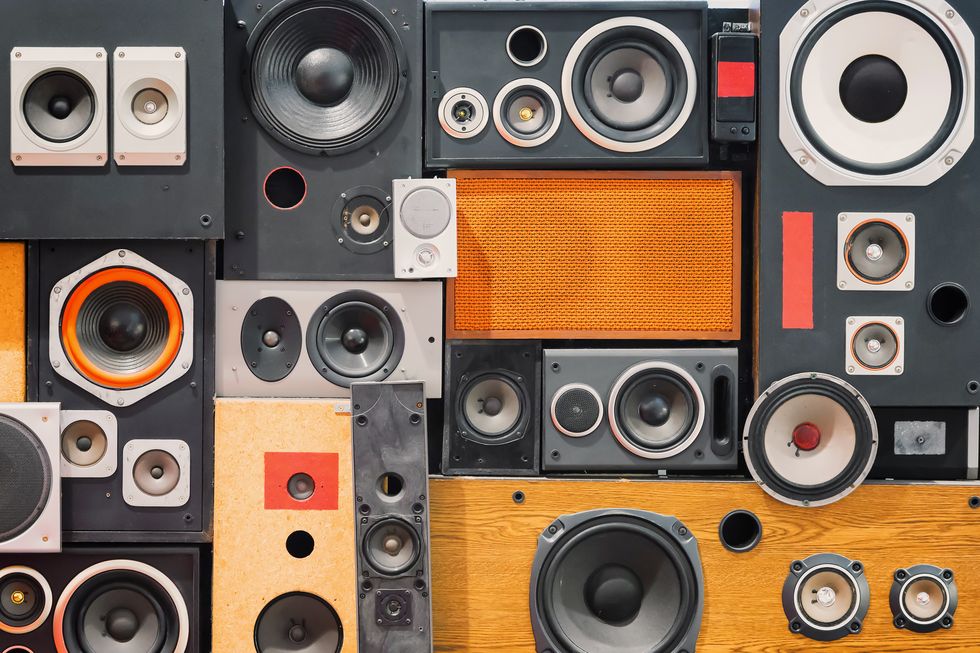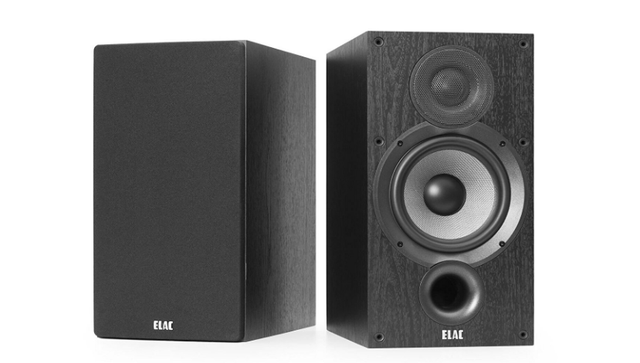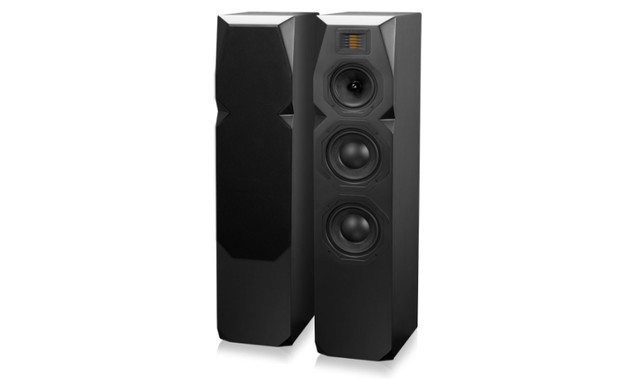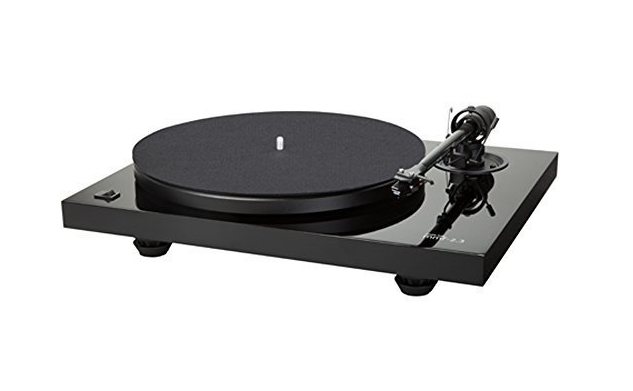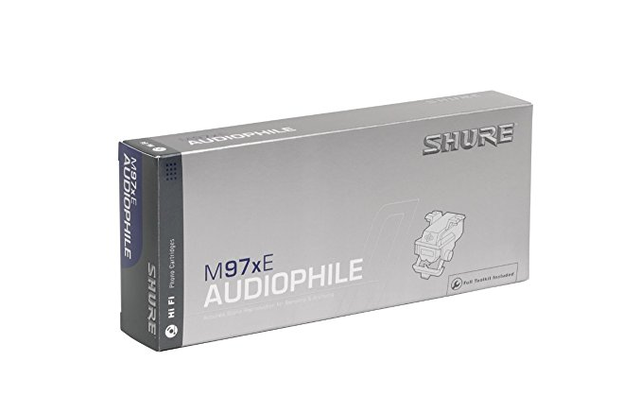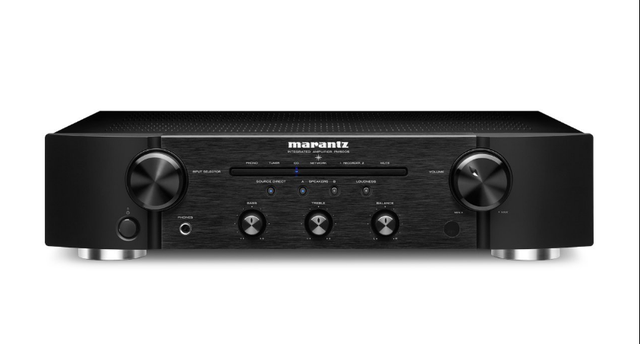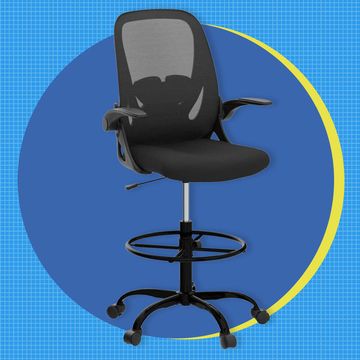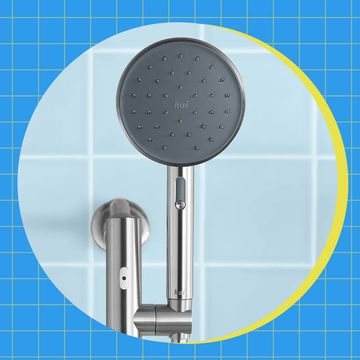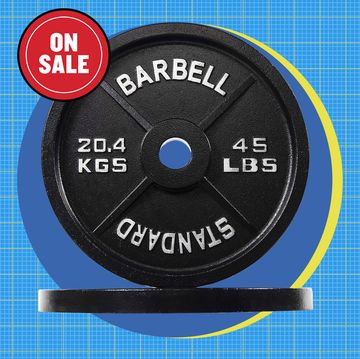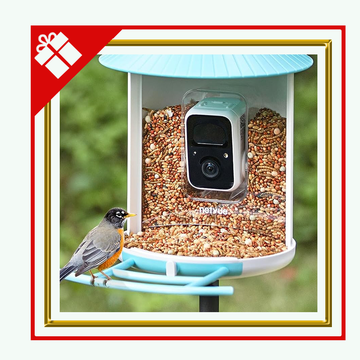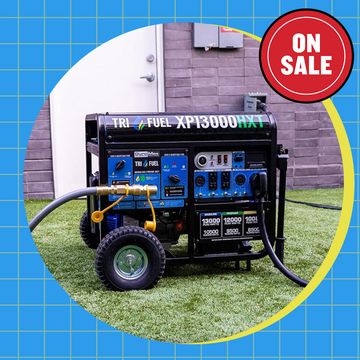Taking the first steps beyond a basic TV or stereo setup can be intimidating. The options are nearly endless and the costs can quickly add up. But whether you put in an elaborate home theater or a more modest living room setup, a well-designed home entertainment system can bring out the very best in your favorite music and movies.
What’s Your System?
Before you start shopping, consider how much sound you really need. If you have a small apartment or room, you may be better off investing in a great soundbar like Sony’s HT-ST5000 or a 2.1 setup, which is just a simple pair of speakers and a subwoofer. A home theatre system probably also isn’t the best option if you just want impeccable audio for your vinyl collection.
If you haven’t considered it already, first ask yourself: is your system primarily for audio, for movies and TV, or a combination of the two? Once you have an answer, you can then figure out what sort of setup you need.
A projector with a full surround sound system is a killer setup, but you need a big room. Some discreet bookshelf speakers are better for a small space.
Buying Great Speakers
“Speakers are the best upgrade for any home theater system,” CNET’s Ty Pendlebury says. “While audio and video standards change all the time a good pair of speakers will still work in 10 or 20 or 30 years. They also have the biggest effect on the overall sound of your system.”
For the simplest room setup, you can get by without a separate receiver by choosing powered speakers with inputs that can directly connect to a turntable or other devices. More likely, though, your speakers will need a receiver to power them, in which case you’ll want to make sure you get speakers and a receiver that pair well together. (It’s a topic that plenty of people obsess over, so chances are you can find recommendations for any given speakers or receiver with a few searches.)
When speaker shopping, you might stumble across a confusing jumble of specs. Before wading into this tech jargon, these are the important ones you need to know.
As industry group CEDIA explains one of the most important specs is frequency response, which tells you the range of frequencies the speakers can produce from low to high—the wider the range, the better—and the degree to which the sound deviates from a flat response, which is indicated by a number with a plus/minus symbol (lower is better).
Another number to know is sensitivity, which can tell you how efficient the speakers are. In this case the higher the number, the better. CEDIA suggests anything over 90 dB is “excellent.”
If you’re matching speakers to a receiver on your own, you’ll also want to pay particular attention to the speakers’ impedance. In general, speakers with a lower rating like 4 ohms will need a more powerful receiver to drive them, while 8-ohm speakers, which are the most common, will work with most receivers.
It’s also important not to make the common mistake of confusing watts for loudness. You’re better off getting more efficient speakers with lower wattage than less efficient speakers with a higher wattage. With that in mind, here are a few speakers that will fit a range of different setups to get you started in your search.
Choosing a Receiver
A receiver is more than just a hub that connects your system. A good receiver can help ensure you get the best possible sound from your speakers, and get the most from the rest of your gear.
Once again, the choice begins with knowing how you listen. A modern home theater receiver may be able to handle 4K/UHD movies and accommodate a slew of HDMI devices, which is great for the TV and movie lover. But many new receivers don’t have a phono input for turntables. A vinyl lover would need either need a turntable with a built-in preamp like the Audio Technica AT-LP-120, or else they’d have to buy a standalone preamp like a Rolls VP29.
If your system is mostly for listening to music, you may want to consider a simple stereo receiver or even a vintage amplifier. It will give that warmer sound, but at the expense of some modern conveniences.
Features like built-in Bluetooth and Wi-Fi can add streaming and internet connectivity to a receiver, but don’t think of them as deal-breakers. Wireless capability is something that can be easily (and inexpensively) added after the fact with a tool like Chromecast Audio, which also imparts some added functionality you won’t get with a basic Bluetooth-capable receiver. A Chromecast Audio connected to a receiver can become part of a whole-home audio system linked to other Chromecast-enabled devices spread throughout your house.
You can also use a streaming-focused soundbar like the Sonos Playbar or Beam to get by without a receiver altogether, but that option can cause additional issues (and expenses) if you’re looking to connect a turntable and other audio gear. You can make it work, but you’re likely better off bringing Sonos streaming to your existing receiver or speakers with a Connect or Connect:Amp than trying to shoehorn a bunch of gear into an otherwise minimal setup.
Here are some potential upgrades to consider for a great audio system:
Everything In the Right Place
Once you’ve got your gear, it’s time to put everything together. If you want to get the absolute best sound, you’ll want to take some time to get the speaker placement just right, which could mean rearranging some furniture.
As audio retailer Crutchfield explains in its helpful guide, you’ll want to make sure you don’t place your speakers right against a wall. Angle them towards the main spot you’ll be sitting (as opposed to having them face straight forward, a common mistake). Depending on the type of speakers, you may want to raise them off the floor with stands or angle them upwards slightly.
Speaker placement can also determine the type of speaker wire you’ll need. Unlike an HDMI cable that’s transmitting digital information, analog speaker wire can have an effect on the sound. You don’t need to splurge on super-heavy-gauge wire, but don’t cut corners. A good rule of thumb: the longer your runs of speaker wire are, the thicker they need to be. Crutchfield recommends 12- or 14-gauge (or AWG) for runs in excess of 50 feet, but you can get away with thinner (and cheaper) 16AWG wire for shorter distances.
Low-impedance speakers put more stress on speaker wire, and not all speaker wire is intended for in-wall installations (though it should be clearly labeled either way). Running speaker wire and other cables through your walls can also open up a host of other issues like running into studs and insulation, and shouldn’t be attempted without a solid plan first. Crutchfield has another helpful guide that takes you through the whole process.
Don’t overlook how you connect your speaker wire. If your receiver can accommodate them, banana plugs can make connecting (and reconnecting) your speakers a considerably easier task and ensure you get a good connection. There are variety of different banana plugs available, but most are easy to install.
Strip the plastic off the end of your speaker wire, thread it through the base of the banana plug (sometimes spreading out the bare wire depending on the type of plug), and then tighten the banana plug to create a finished-looking cable.
You might also use banana plugs to connect your speaker wire to your speakers if they have binding posts. Otherwise, you’ll probably just have to strip off a bit of the plastic and insert the bare wire into spring clips on the back of your speakers.
When you’re wiring up your receiver and speakers, it’s very important to connect the positive wire to the positive terminal and the negative wire to the negative terminal. All speaker wire will be color-coded for positive and negative, but it’s a good idea to also add your own labels with a bit of tape—not just for positive/negative, but for left/right or other surround speakers. It’s bound to save you some headaches when you inevitably have to disconnect everything from your receiver.
Getting Things Perfect
Now that you’ve figured out your home entertainment system, figure out how to hide the unsightliness of its many wires. If you aren’t willing or able to run speaker wire through you walls, there are plenty of readymade kits and DIY options for hiding any unsightly tangles.
You can tuck your components away in a cabinet or entertainment center, but make sure you don’t stack the elements too tightly. The receiver especially should have ample ventilation to prevent overheating.
If you have a turntable, it should be isolated from both your receiver and speakers to prevent your cartridge from picking up any electrical interference or unwanted vibrations. Special isolation feet and pads—or even something as simple as hockey pucks—can further help reduce vibrations from your floor.
After your wires are tucked away, It’s tempting to just sit back and enjoy your new system once you’ve got it all hooked up, but before you put your feet up, make sure that you’ve properly calibrated the audio and video. If you bought a new receiver, it likely came with a calibration microphone that can be used to automatically fine-tune your speakers to suit your setup. It’s important to place the microphone at the spot (or spots) you’ll most often be sitting, and at ear-height.
If you’re a bit more adventurous, CNET has a good guide to manually fine-tune your system.
You’ll need to calibrate your display, too, whether it’s a TV or a projector. This can’t be done automatically, but there are plenty of tools to guide you through the process. Use a setup disc like Digital Video Essentials or Disney WOW: World of Wonder (the latter being a bit more beginner-friendly) to adjust settings such as black levels, brightness, and contrast, or the focus for a projector.
There are also pieces that don’t affect sound or picture quality but definitely shouldn’t be overlooked. A good surge protector—or, better yet, an uninterruptible power supply (or UPS)—can protect your gear from power fluctuations or sudden outages, something particularly important for a projector since a sudden shutdown could potentially damage the bulb.
A programmable remote like the Logitech Harmony 650 that can easily handle lots of devices is also a near-must for a home theater. More advanced models like the Harmony Elite can even let you control your entire system with your smartphone.
Never forget about the “system” part of a home entertainment system. A weak link can reduce the performance of the entire system, while upgrading one component can bring out better performance from the rest of your setup. The trick is finding the right balance, and getting the system as a whole to a level that lets you get the most out of each component—at least until you get the upgrade bug again decide to take your system the next level.

